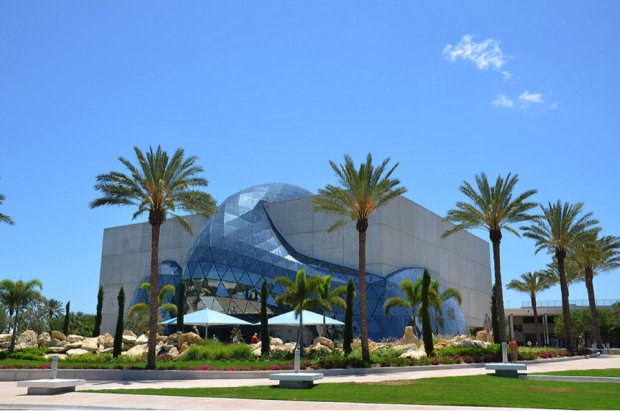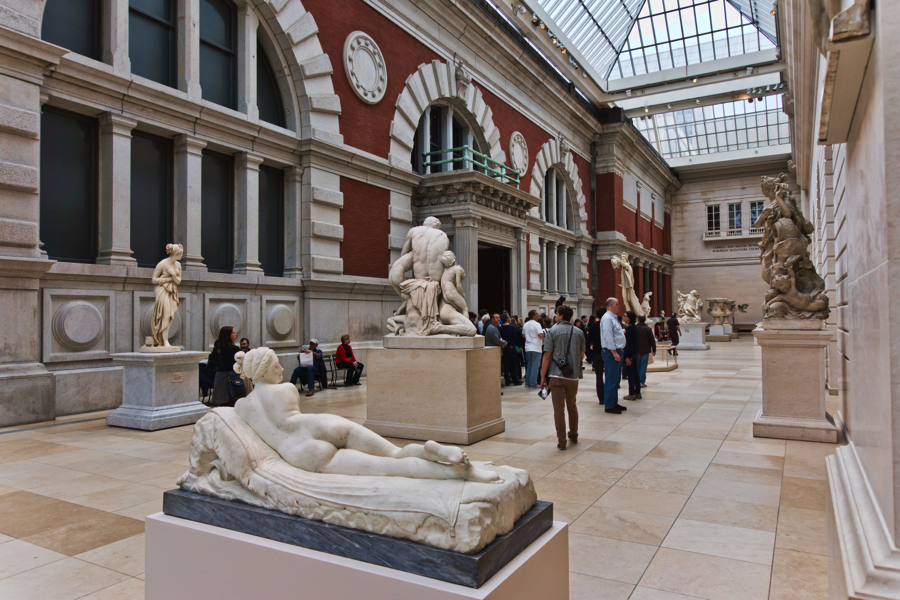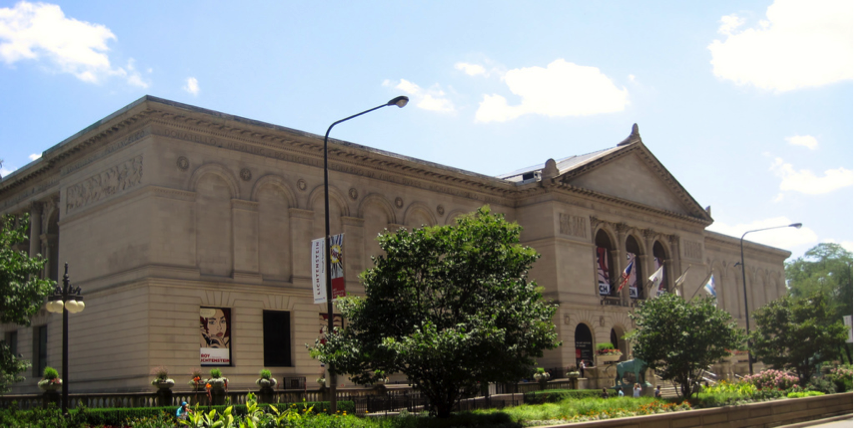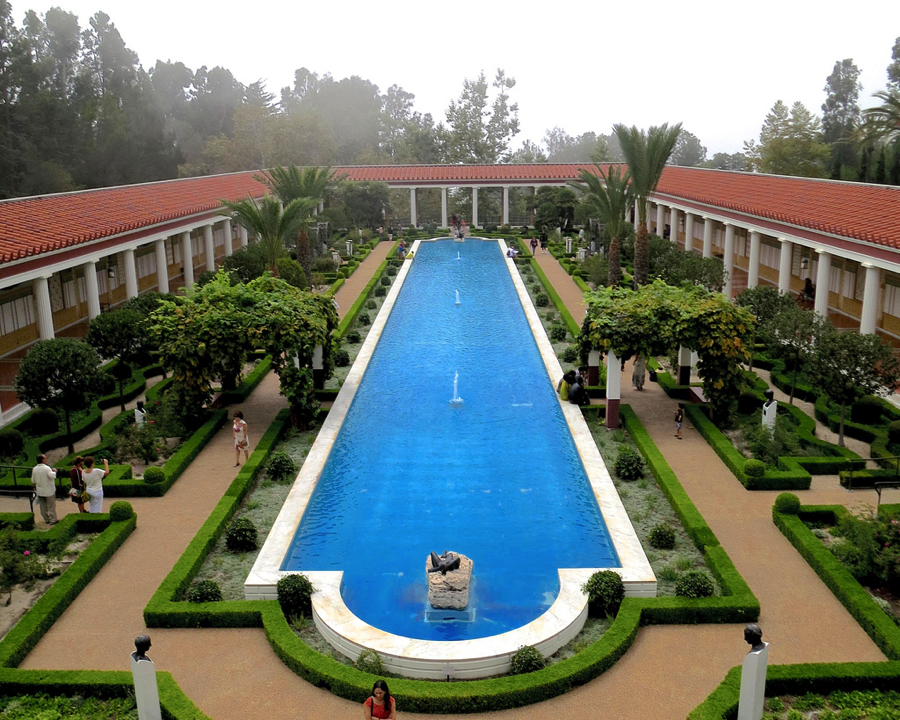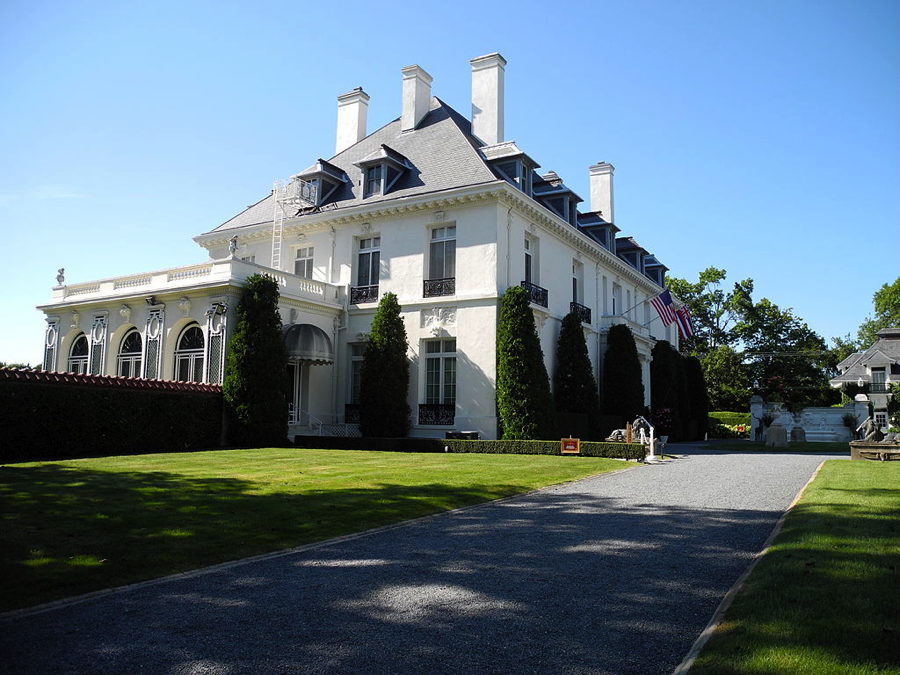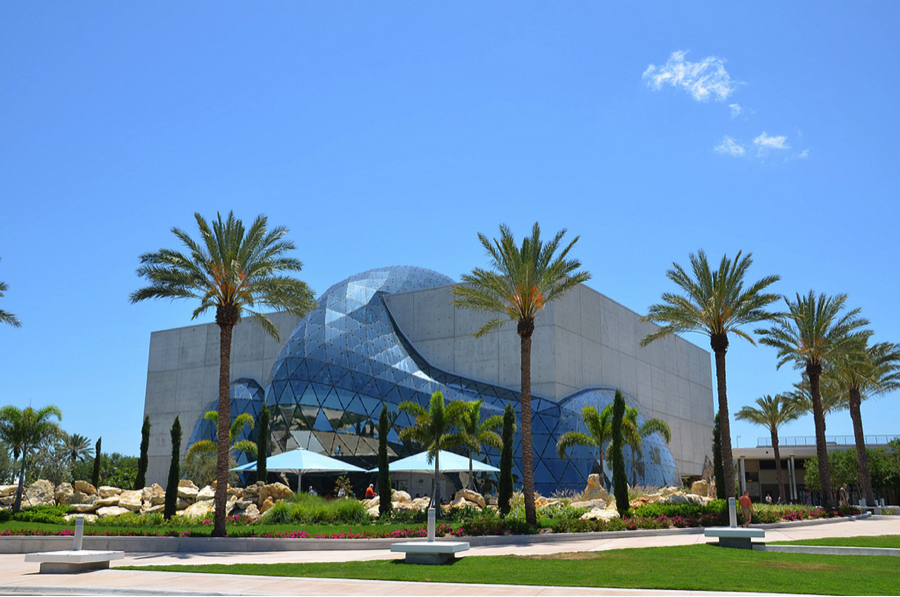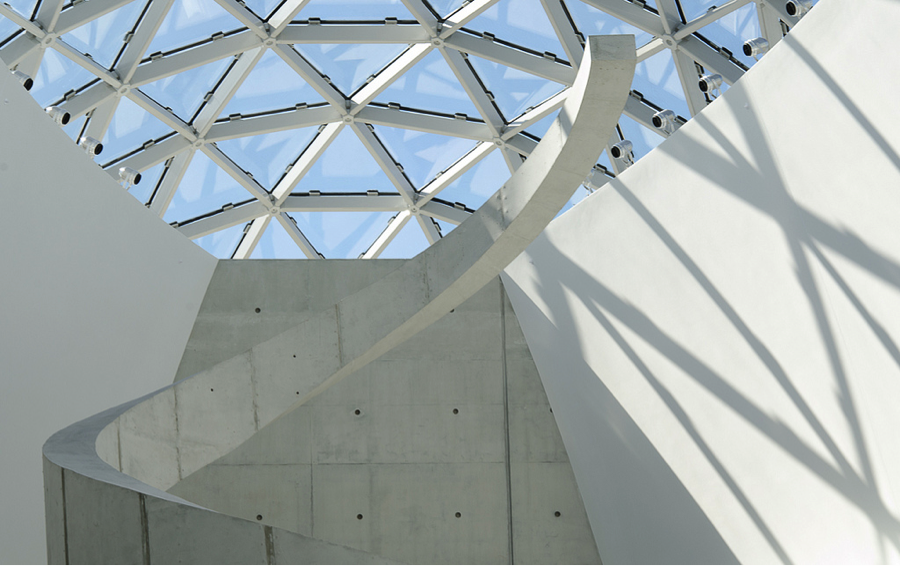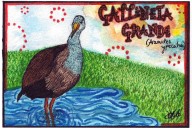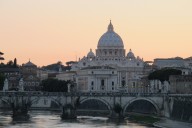Wanderarti is all about promoting art as an important way to learn about a place, and art museums are a great place to start – they house the history of a place’s arts scene in one building which is laid out for you to explore. But we can learn just as much, if not more, from the exteriors of these buildings.
Today’s post is from Christina Loiacono, who is originally from Northern New York, but over the years she has developed a passion for travel and for discovering the beauty in each new place she visits. In it, she discusses the architectural designs behind some of America’s best art museums. Enjoy!
Visitors often comment on how beautiful museum buildings are, but how many actually stop to think about the story behind them? What inspired their design? Were they built specifically as museums or did they once house something else?
Museums work to preserve, protect, and exhibit their priceless collections, but their historic, masterfully planned buildings are really works of art in and of themselves. Here’s a look at five of America’s favorites:
The Metropolitan Museum of Art (1880)
Central Park at 5th Avenue and 82nd Street, New York
Known for: Being the largest art museum in the United States. The Met features over 2 million pieces across 17 curatorial departments.
Notable works: William, the hippopotamus. This Egyptian statuette from 1981-1885 BCE is the museum’s unofficial mascot.
The Met was actually an idea suggested by John Jay, grandson of the nation’s first Chief Justice of the same name. His suggestion for an art museum became an iconic institution that now touches the lives of millions, as the Met is also the most-visited museum in the U.S. today.
The building housing the Met was constructed specifically to be an art museum, but the current 2-million square foot space has evolved immensely over the years, so much so that you can no longer see any of the original exterior from the outside. You can still see it incorporated within the museum, however: the brick wall in the Robert Lehman Wing was once the west façade. Every room is designed so expertly, you might not realize that what is now the Medieval Sculpture Hall used to be the entire museum!
Art Institute of Chicago (1893)
Grant Park at 111 South Michigan Avenue
Known for: Being the second largest art museum in the United States while also boasting an accredited school of art and design.
Notable works: A Sunday Afternoon on the Island of La Grande Jatte by Georges Seurat (1884), American Gothic by Grant Wood (1930) and Nighthawks by Edward Hopper (1942)
The AIC survived a great deal of turmoil in its early years, finally settling into its present name and location at the end of the 1800s. Though the building was meant to become the site of the Art Institute, it was constructed in partnership with the World’s Columbian Exposition and first used for the fair.
Like other museums of this age, the structure has gained several additions over the years (including a remarkable one expanding the building over active railroad tracks), but the original Beaux-Arts façade is still the face of the museum today! The original floor plan was built in the shape of a U, but less than 20 years after the original construction this space was filled in, becoming Fullerton Hall and the Women’s Board Grand Staircase. These two spaces still exist today!
Getty Villa (1974)
17985 Pacific Coast Highway in Pacific Palisades, California
Known for: Their collection of works from ancient Greece, Rome, and Etruria
Notable in the collection: Lansdowne Heracles, the Roman marble made around 125 CE and the Victorious Youth, the Greek bronze made between 300 and 100 BCE
The Getty Villa came about as a result of oil tycoon J. Paul Getty’s personal love for art and his wish to share his collection with others. Fitting with the pieces in his collection, the space was built to resemble the ancient Roman country house known as the Villa of the Papyri.
An exact replica of the home was impossible. It could only be based off the portions unearthed from under the volcanic ash of Mount Vesuvius. In addition to mimicking the known features of the Villa of the Papyri, the rest was guesswork based on other examples of architecture from the same time period. Even the gardens of the courtyard are comprised of plants from the ancient Mediterranean.
Only small updates have been made to the property over the years, which (other than the addition of the outdoor theater) were mostly completed as a precaution against earthquakes. Rather than expanding the collection at the Getty Villa, the J. Paul Getty Museum has been constructed in the Brentwood neighborhood of Los Angeles as a second location.
National Museum of American Illustration (2000)
492 Bellevue Avenue in Newport, Rhode Island
Known for: Their American Imagist Collection from “The Golden Age of American Illustration”.
Notable in the collection: Their impressive Norman Rockwell collection
Though the museum has been open for just over a decade, the Vernon Court mansion that contains the collection was actually built in 1898. It was never designed to be a museum. Its original purpose was to be a summer cottage for the Gambill family, and it remained so for more than 50 years
Architecturally, Vernon Court is fascinating, having been designed in the Gilded Age by the famous Carrère & Hastings. (Their portfolio of designs also includes the New York Public Library and the Senate and House office buildings.) It mimics the French Chateau d’Haroue, and was the precursor to the design for the home that is now known as the Frick Collection in New York City.
The interior of Vernon Court remains much as it was in years past, with the ballroom, library, and intricate staircase still intact. Original marble flooring and surfaces are found throughout the space.
The Dali Museum (2011)
1 Dali Boulevard in St. Petersburg, Florida
Known for: Featuring the largest collection of works by Dali outside of Spain
Notable in the collection: Salvador Dali’s Daddy Longlegs of the Evening – Hope! (1940)
The Dali Museum in St. Petersburg, Florida is a new structure, and design-wise it is remarkable. This is the third home for the collection since Reynolds and Eleanor Morse realized just how many Dali pieces they had and how important the pieces were. Rather than expanding upon any of the collection’s previous locations, Yann Weymouth of the HOK design firm was hired to create a Dali-inspired building from scratch.
It was constructed to be able to withstand a 165 mph storm, 42 mph stronger than required. Features of the new museum include an 18-inch thick concrete exterior, two steel-reinforced glass enclosures made from hundreds of mismatching triangle panes, and a three-story helical staircase.
Find more of Christina’s work at http://blog.zerve.com and follow her on Google +.
Do you visit art museums when you travel? What’s the best art museum you’ve ever been to (in or outside of America)?
Finally… Musement, a site offering museum tickets, art tours, and cultural activities has kindly let Wanderarti readers get €5 off purchases up until the 31st July. Just use the code WANDERARTI and you can get discounted offers all over Europe!

